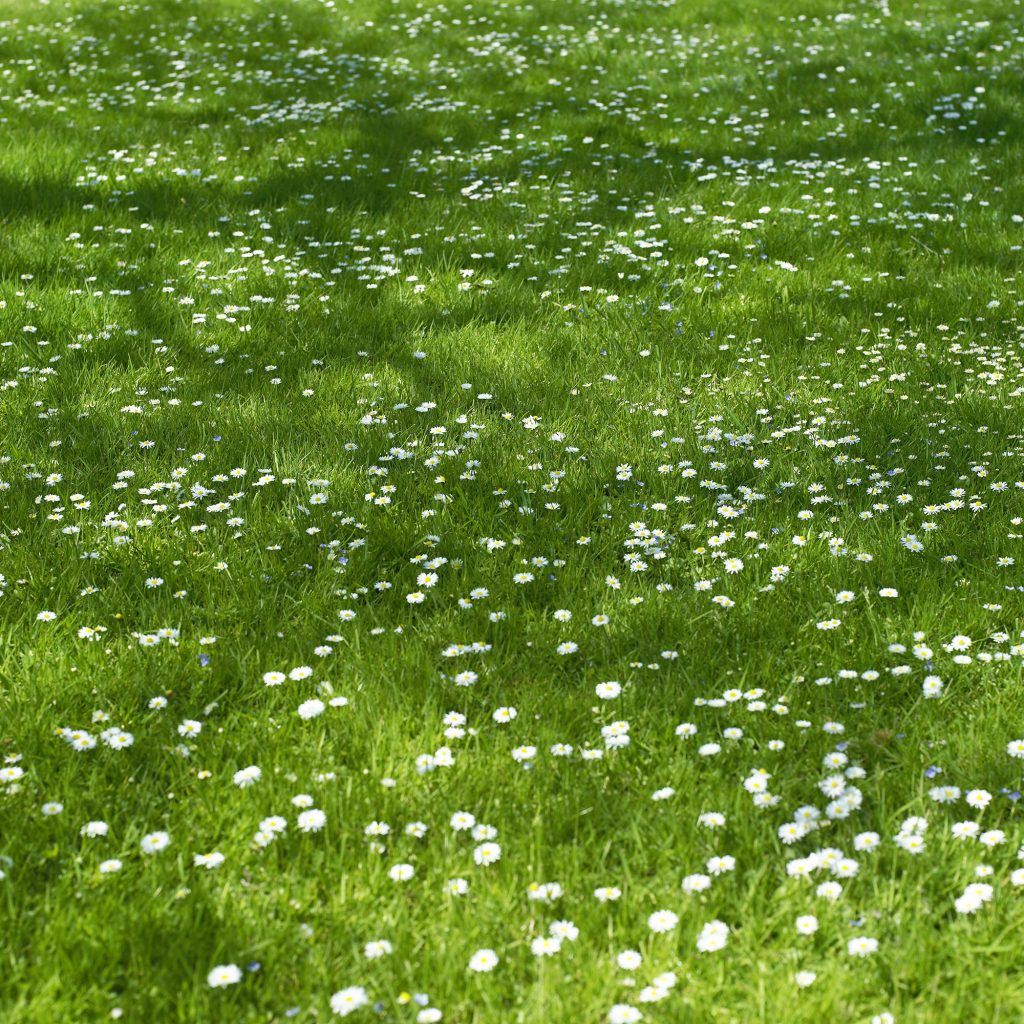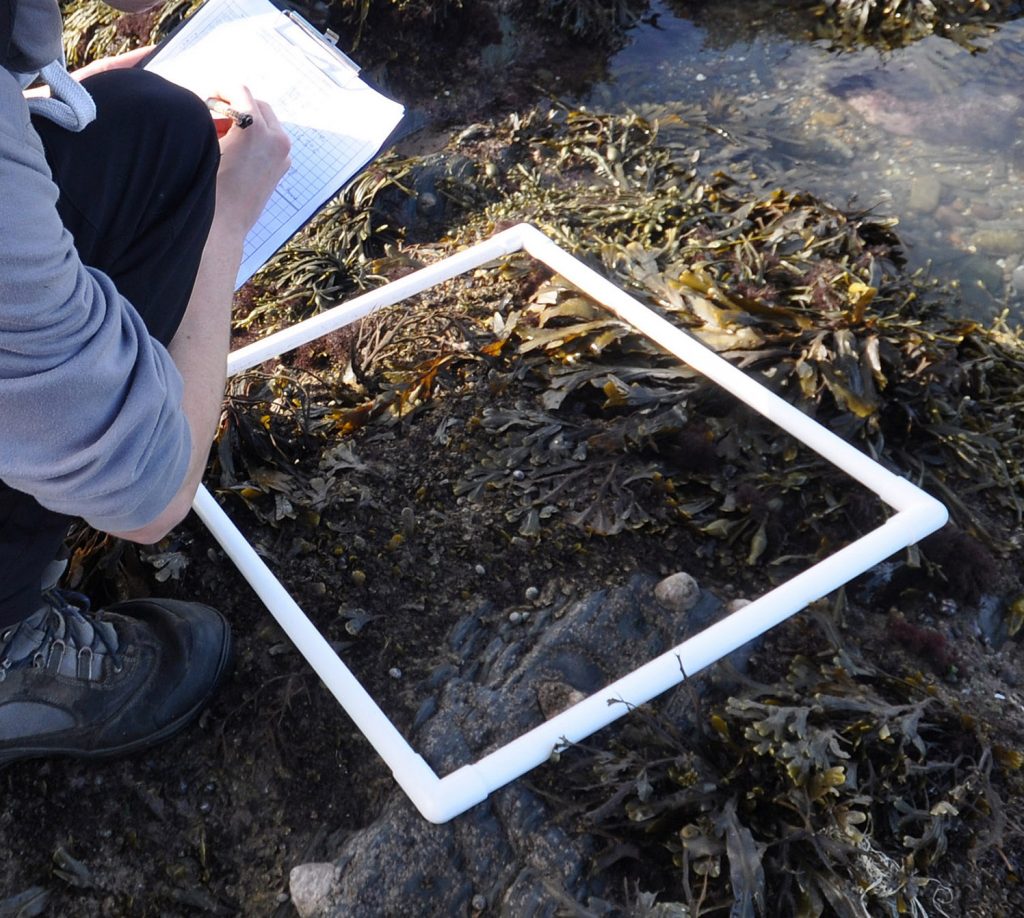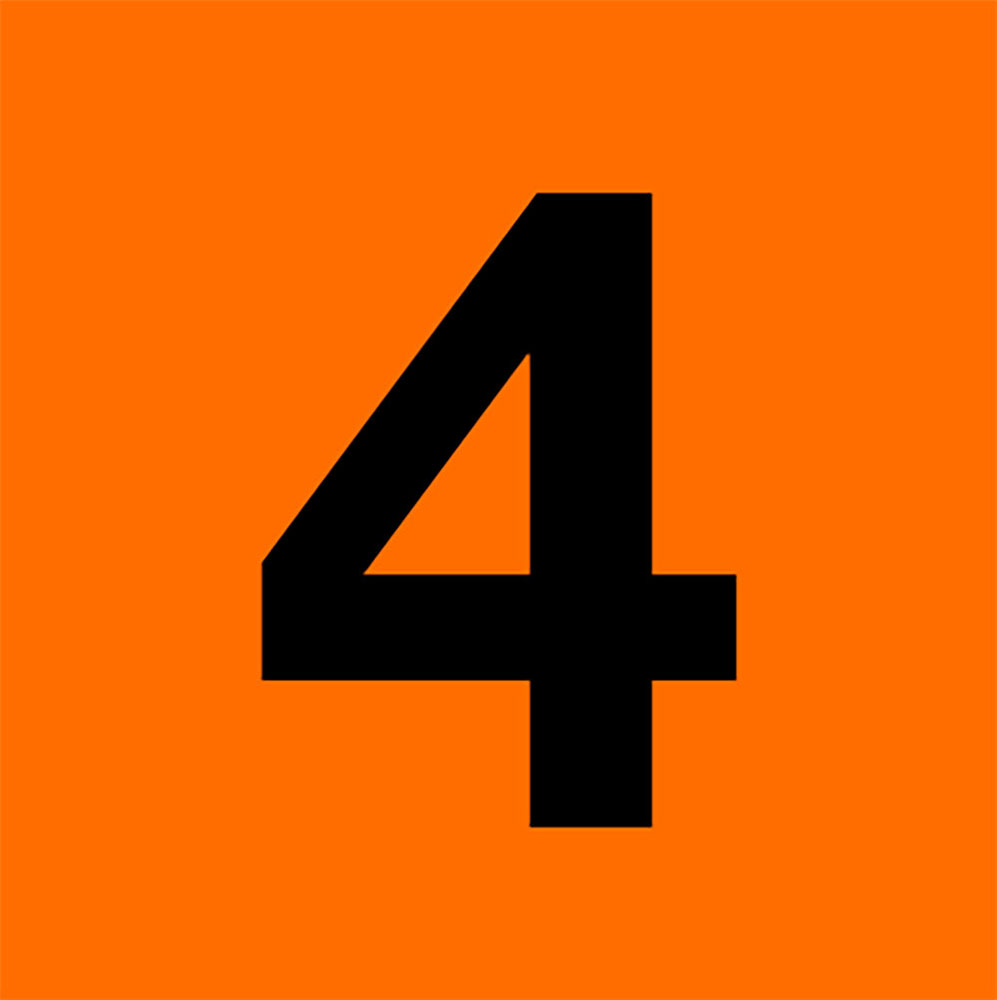Guide 2 Research
Products
Quiz and Journal Pages
Review Guide 2 Contents
Guide 2 Research Objectives
This guide’s quiz has four questions; one matching each objective.
Artificial Selection
Compare artificial selection to natural selection; list multiple examples of artificial selection in animal species; and provide possible explanations of how dogs descended from wolves, including the role and possible problems associated with artificial selection.
Data Analysis
Provide examples of different forms of data about the natural world, including the types of information data can convey; discuss the techniques, benefits, and limitations of sampling from a larger population; and analyze different forms of population data including population distribution and population size.
Mendel
Describe early interpretations of inheritance, including the errors made in analyzing available data; explain what occurs in a monohybrid cross between two corn kernel colors, including the resulting genotypes and phenotypes of the first (F1) and second (F2) generations; and provide a synopsis of Mendel’s life and work, including Mendel’s principles of inheritance.
Lab Animals
Set up a Punnett Square that starts with gamete (sperm and egg) alleles and shows the resulting possible genotypes; list the characteristics of animal species that make them likely to be used as laboratory animals; and describe the care and ethical concerns associated with using animals in research.
Guide 2 Research Quiz
Journal Assignment #3
Introduced in the Data Analysis section of this guide:
Journal Page #3: Data Collection Plan
For this journal page you are creating a data collection plan that you will use for the next journal page.
Choose a location with a population of organisms. It can be a yard, field, or somewhere indoors like a carpeted room. The species can be plant, animal, or fungus.
Determine the approximate size of the entire location/habitat, and the size of the smaller area you will sample at that location.
Design a quadrat to sample with, list any other supply needs, and identify potential safety issues.

We are providing the research questions that you will be supplying data to answer:
-
What is the population size? (population data is described in the next section)
-
How is the population distributed?
-
Is there any evidence of interactions within the population and/or interactions of the population with other species?
Upload to Canvas a journal page that includes:
-
The name of the location that you will be sampling (can be map coordinates, name of a park, type of room, etc.)
-
The name of the organism you will be sampling (does not need to be an animal)
-
The approximate size of the overall location you are sampling.
-
The size of the smaller area you will sample at that location, including the design of the quadrat you will use to sample.
-
A list of any additional supply needs.
-
A list of any potential safety issues.
Journal Assignment #4
Introduced in the Data Analysis section of this guide:
Journal Page #4: Quadrat Results
For this journal page you are collecting and submitting written data based on the plan you submitted for journal page #3.
You are collecting data to answer:
-
What is the population size?
-
How is the population distributed?
-
Is there evidence of interactions within the population and/or interactions of the population with other species?





